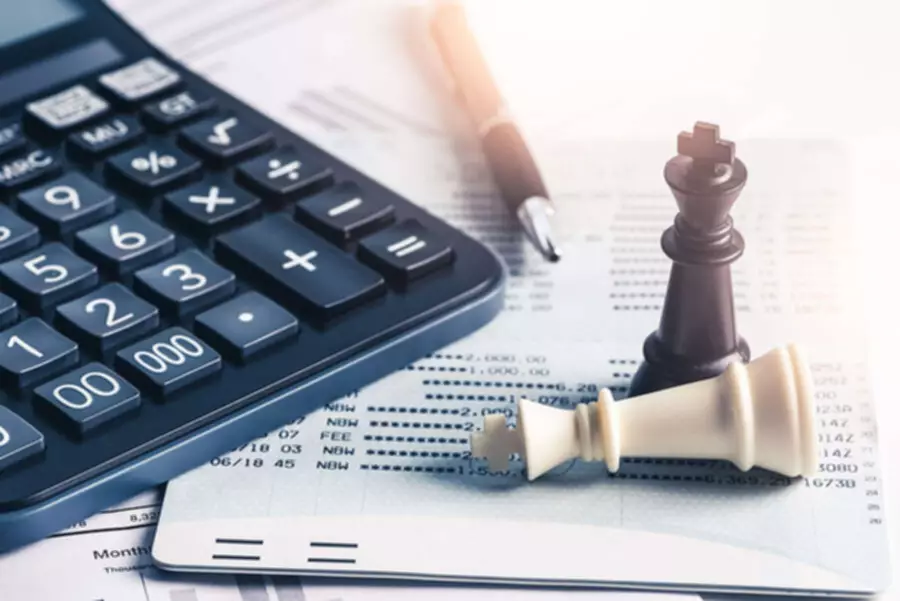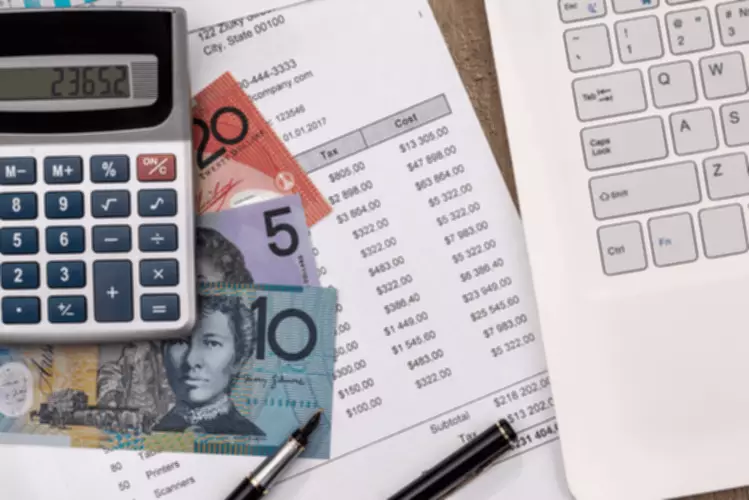Learn How To Trade Forex Forex Training & Trading Courses
November 18, 2019How Much Does it Cost to Outsource Bookkeeping?
November 27, 2019Content

Is the Administrative Expenses account found on the balance sheet or the income statement? Is the Cost of Goods Sold account found on the balance sheet or the income statement? Is the machinery account found on the balance sheet or the income statement?
Want to learn how software can help speed up the process of bookkeeping? When you look at your business finances, there are two sides to every transaction.
Stop RunningYour BusinessLike This!
A corresponding rule is that the sum of all debit balances must equal the sum of all credit balances. When bookkeepers run a trial balance, they https://www.bookstime.com/ are checking to make sure that the debit balances equal the credit balances. If they are not equal, an error has been made and must be found.

And this happens for every single transaction (which is part of why bookkeeping can be time-consuming). Is the interest expense account found on the balance sheet or the income statement? Classify it as a current asset, a current liability, an expense, a fixed asset, a long-term debt, a revenue, or a stockholders’ equity account. Is the equipment account found on the balance sheet or the income statement? Is the inventory account found on the balance sheet or the income statement?
Bills Payable Meaning
Anyone with a checking account should be relatively familiar with them. But while we might hear them a lot, that doesn’t mean debits and credits are simple concepts—it can be tricky to wrap your head around how each classification works. But as a business owner looking over financials, knowing the basic rules of debits and credits in accounting is crucial.
- As a business owner, you may find yourself struggling with when to use a debit and credit in accounting.
- When you have too many transactions taking place in your day-to-day system, it becomes important to keep record of them.
- If your corporation issues stock, then certain employees and outside investors may be offered shares to purchase.
- If the party whose account is debited is already a debtor, then a new debit reflects an increase in the sum due from him.
A credit card is used to make a purchase by borrowing money. So, we could say that debits and credits do not by themselves reflects the increases or decreases. Hence, we need to refer to the specific account to determine if the debit or credit show an increase or decrease. Transactions related to income, expense, profit and loss are recorded under this category. These components actually do not exist in any physical form but they actually exist. For example, during the purchase and sale of goods, only two components directly get affected i.e money and stock.
State the rules of debit and credit as applied to (a) asset accounts, (b) liability accounts, and…
If you pay with a credit card, you have a liability balance with the credit card company. Your decision to use a debit or credit entry depends on the account you’re posting to and whether the transaction increases or decreases the account. Bookkeeper debits and credits or accountant should know the types of accounts your business uses and how to calculate each of their debits and credits. AccountsCreditAssets–Expenses–Liability+Equity+Income+Remember when Bob’s Barber Shop sold some hair gel for $45 cash?
Are debits positive or negative?
'Debit' is a formal bookkeeping and accounting term that comes from the Latin word debere, which means "to owe". The debit falls on the positive side of a balance sheet account, and on the negative side of a result item.
The ledger accounts which contain transactions related to the assets or liabilities of the business are called Real accounts. Accounts of both tangible and intangible nature fall under this category of accounts, i.e. These accounts appear in the Balance Sheet and the balances get carried forward to the next financial year. When a transaction is entered into the accounting system, the debit must equal the credit. In many cases there is a single debit and credit, but debits and credits can also be split between multiple accounts. However, total debits must equal total credits for the transaction. Let’s say there were a credit of $4,000 and a debit of $6,000 in the Accounts Payable account.
Debits and credits in accounting
Whereas an increase in liability, owner’s equity i.e. capital and revenue or incomes are credited. The main differences between debit and credit accounting are their purpose and placement.
- General ledger accounting is a necessity for your business, no matter its size.
- A general ledger is a record-keeping system for a company’s financial data, with debit and credit account records validated by a trial balance.
- This content is for information purposes only and should not be considered legal, accounting, or tax advice, or a substitute for obtaining such advice specific to your business.
- Debit is the left side of the account, while credit is the right side of the account.
- We post such transactions on the left-hand side of the account.
- Thus, revenue accounts, i.e. incomes and gains accounts, and liability accounts have a credit balance.

